Deck & Commander Strategies
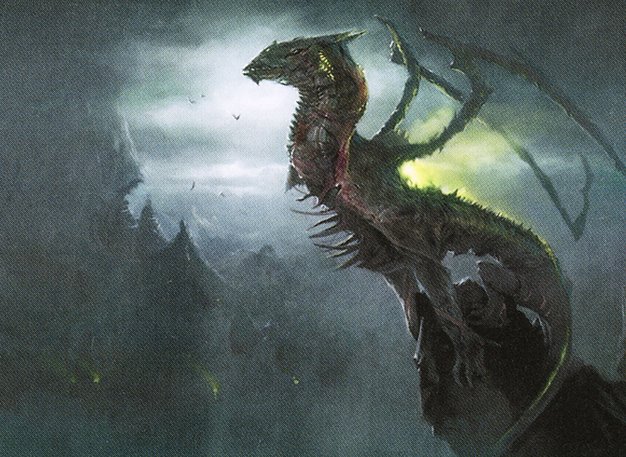
Skithiryx, the Blight Dragon
A black infect commander deck focused on dealing poison counters quickly using haste and aggressive combat, supported by removal and disruption to keep opponents in check.

Titania, Protector of Argoth
A land-centric deck that sacrifices lands to create large elemental tokens and uses land recursion to maintain resources, aiming to overwhelm opponents with board presence.

Gyrus, Waker of Corpses
A graveyard recursion and sacrifice deck that uses Greater Good and other synergies to draw cards and repeatedly reanimate creatures, generating incremental advantage and board presence.
Vaevictus Asmadi, the Dire
An aggressive red-black dragon tribal deck that generates zombie tokens with Grave Titan and uses Vaevictus’s triggered ability to destroy opponents’ permanents during combat.
Gameplay Insights
- 1
Joel’s use of Crop Rotation to fetch Gaea's Cradle enabled a substantial mana boost, allowing him to recast Titania and maintain pressure through elemental tokens.
- 2
Nick’s timely Damnation reset the board but he quickly reanimated Woodland Bellower, demonstrating strong resilience and card advantage generation with Greater Good.
- 3
Max’s Vaevictus Asmadi leveraged combat triggers to destroy multiple permanents, swinging momentum by disrupting opponents’ resources.
- 4
Jameson’s Skithiryx applied early infect pressure but was often hindered by removal spells like Doom Blade and board wipes, limiting his ability to close out the game.
- 5
The combination of graveyard recursion and sacrifice effects in Gyrus’s deck created a powerful engine for drawing cards and maintaining board presence despite heavy disruption.
- 6
Bane of Progress played by Nick effectively dismantled artifact and enchantment strategies, illustrating the importance of versatile removal in multiplayer Commander games.
Notable Cards
-
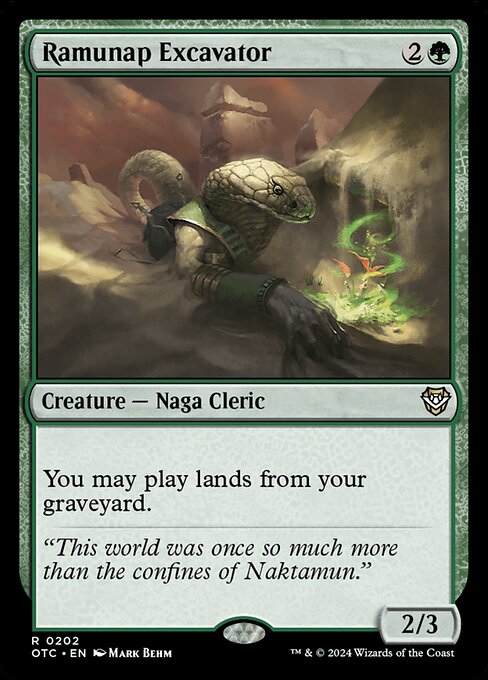
Ramunap Excavator
-
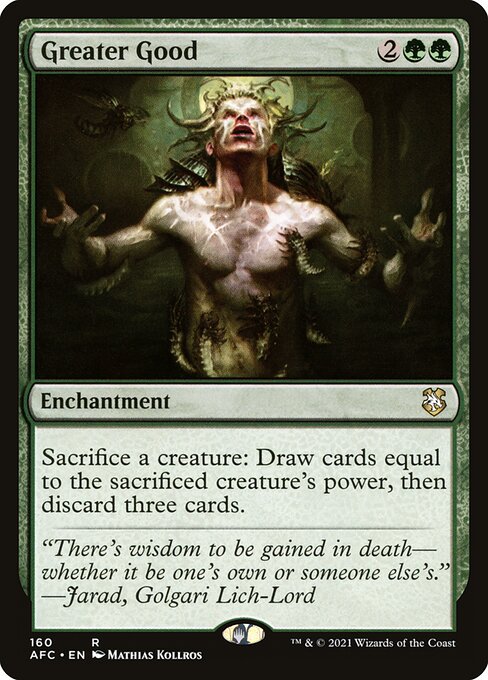
Greater Good
-
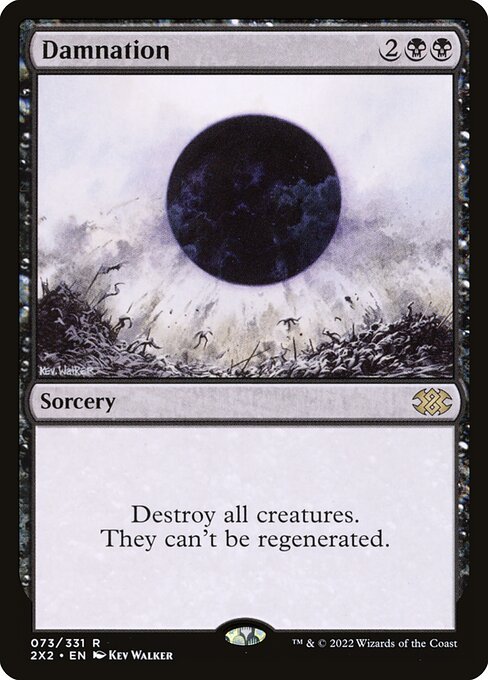
Damnation
-
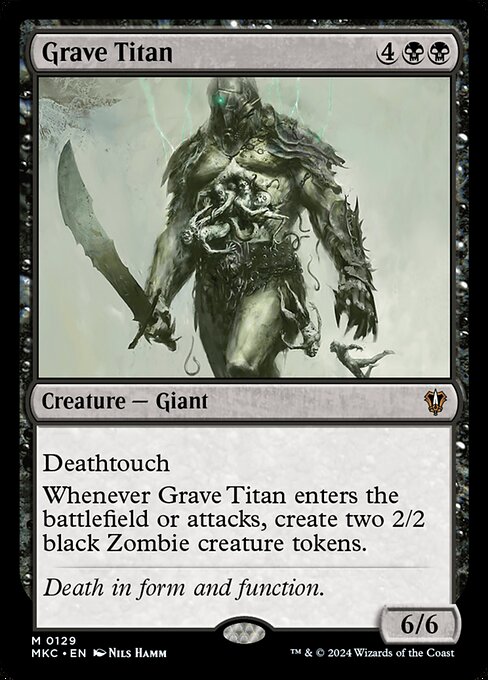
Grave Titan
-
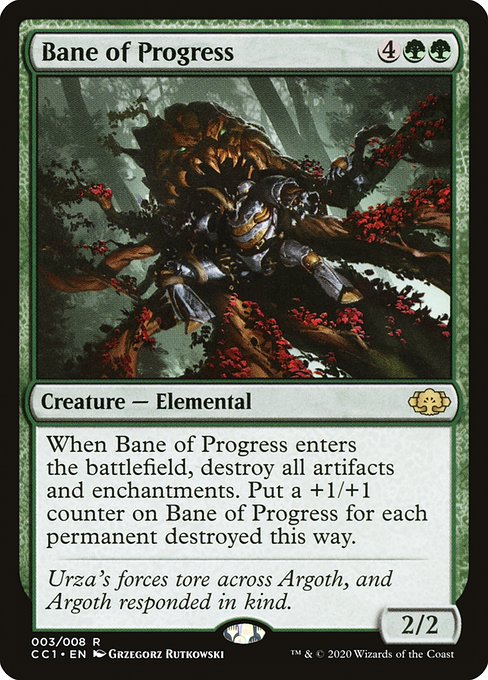
Bane of Progress
-

Crop Rotation
-
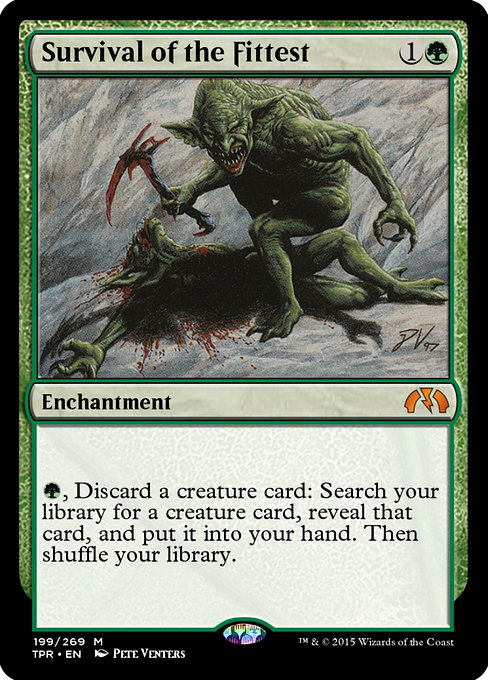
Survival of the Fittest
-

Necromantic Selection
-
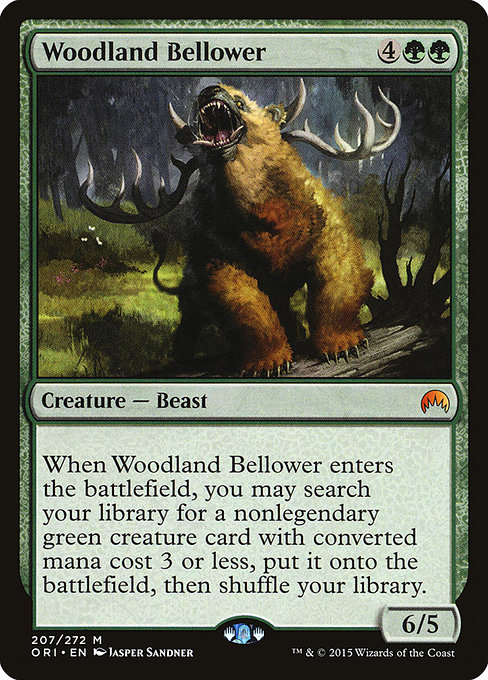
Woodland Bellower
-

Swiftfoot Boots
-
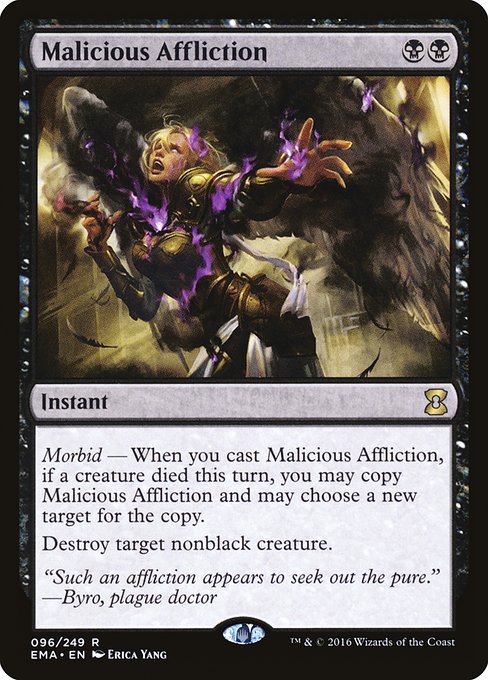
Malicious Affliction
-
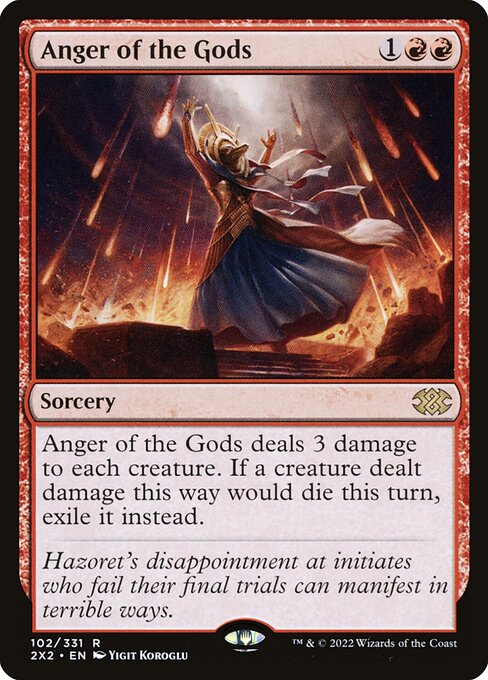
Anger of the Gods
-
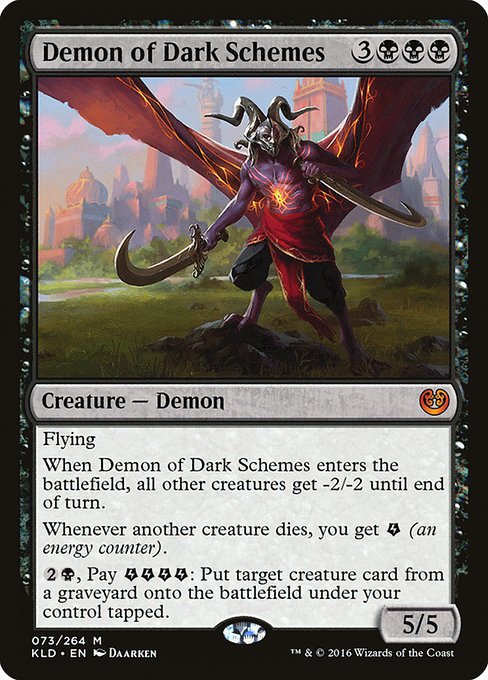
Demon of Dark Schemes
Gameplay Summary
The game began with a typical ramp and setup phase where each player developed their mana base and board presence.
Joel's Titania deck focused on generating elemental tokens through land sacrifices and recurring lands with Ramunap Excavator, establishing a strong board state early.
Nick's Gyrus deck utilized graveyard recursion and a copy of Greater Good to draw cards and maintain board control, while Max's Vaevictus Asmadi deck pushed aggressive plays with Grave Titan and token generation.
Jameson's Skithiryx deck applied pressure with haste and infect but struggled to maintain board presence due to frequent removal and board wipes. A key turning point came when Nick cast Damnation, wiping the board but immediately reanimating powerful creatures like Woodland Bellower, enabling continued ramp and card advantage.
Max leveraged his Grave Titan and Vaevictus triggers to clear threats and rebuild his board quickly, swinging hard against opponents.
Nick’s Gyrus combo with Greater Good facilitated massive card draw and discards, fueling his graveyard recursion strategy.
Meanwhile, Joel made solid use of Crop Rotation and Survival of the Fittest to fetch key lands and creatures, maintaining a steady stream of elemental tokens and threats. The game saw multiple shake-ups with strategic board wipes, reanimations, and combat phases where Vaevictus’s ability to destroy permanents on attacking created significant disruption.
Nick’s use of Bane of Progress further dismantled artifact and enchantment support, while Joel’s Titania consistently generated tokens to apply pressure.
Jameson’s Skithiryx dealt damage with infect but was often checked by removal and lack of sustained threats.
Overall, the game revolved around board control, resource recursion, and incremental token production, with players using their commanders’ synergies to outvalue each other and seize opportunities for lethal damage.




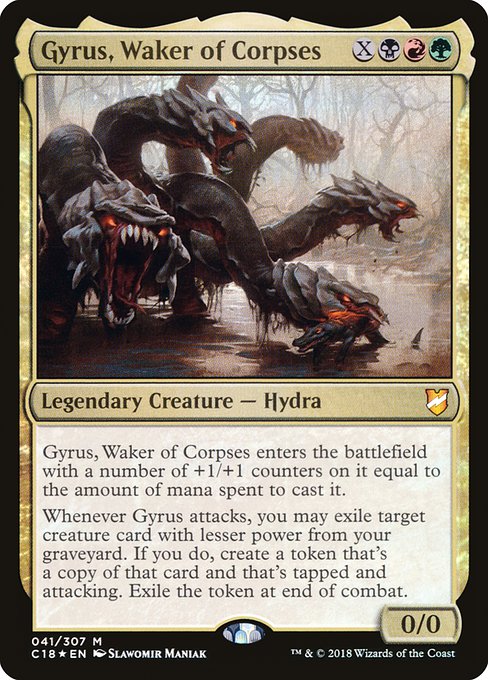




















![Commander Adventures #17 - Kynaios and Tiro v. Gyrus v. Izoni v. Brudiclad [MTG Commander Gameplay] thumbnail](https://i.ytimg.com/vi/QzGxlafyPfY/sddefault.jpg)















![Xantcha vs Skithiryx vs Rafiq vs Edric [EDH/Commander] Gameplay 2020 thumbnail](https://i.ytimg.com/vi/f9W4jUYDROg/sddefault.jpg)
![Obeka vs Varina vs Zurgo vs Skithiryx [EDH/Commander, Magic The Gathering Gameplay] 2021 thumbnail](https://i.ytimg.com/vi/lpVA-DQkfyc/sddefault.jpg)
